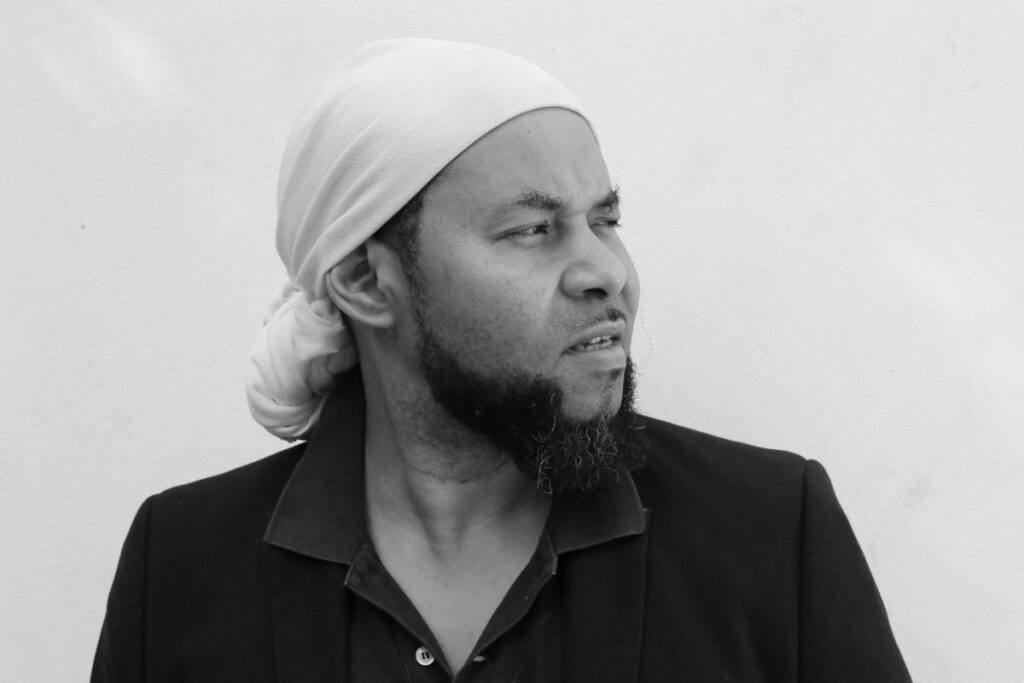Examining Carnival's all-inclusive model

Rubadiri Victor
PART TWO
The Trinidad Carnival is a vehicle for a massive transferral of wealth annually – hundreds of millions of dollars change hands.
At one point in time that wealth used to be shared democratically during Carnival.
Now, the rich are getting astronomically richer and the poor are getting stratospherically poorer with every cycle.
One of the things we don’t talk about is the fact that Trinidad Carnival was created in a period when our communities were led by the principle of the African village – a communalistic mode of being that had at its heart a love of creativity, charismatic warriorhood and a ferocious sense of identity and place.
In mas camps at the centre of those communities, people laboured for free – for the costs of food, drink and ole talk.
Incredible legendary bands were created like this.
In the 1980s, when the African village began to be displaced by the idea of the community as an "economic unit," the sense of community began to dissolve (this was the exact same moment the first robberies appeared in TT).
Suddenly, the real "market cost" of mas production began to be felt by mas camps. Now you had to pay everybody cash.
In Pan, a series of decisions effectively alienated the working class from Panorama – the crowning temple for the Pan where communities from all over the nation descended on the Savannah to have their champions defend their community’s pride and raise up their excellence.
Pan Trinbago began to militarise the North Stand where the ritual of community presence was enshrined – along with the ritual of storming.
Inside North Stand was perfectly colour-coded apartheid. It went from the black working class in the eastern part of the stands to the brown middle class in the middle to the white-owning class in the west. But by 4 pm people mixed and mingled, in the spirit of the African village.
Pan Trinbago militarised the perimeter fences of the North Stand – rather than ritualise and aestheticise storming.
Storming used to be a rite of passage as a youth going to Panorama.

There was something spiritual about the heave of the bodies and the fences going down as the masses flew past security and tactical into the grounds.
Imagine a storming ritual at 4 pm that mimics the 1970s storming palance that lets people into the grounds rather than beating them with batons, pit bulls and private security. This is what it means to sensitively design an event and festival.
Since the 90s, the prices of tickets also started to rise beyond working-class people.
Then Pan Trinbago stopped supporters from jumping down in the pit to listen and support their band during performances after they pushed the bands on stage.
That ritual used to be the visceral moment of connection between supporters, band and nation.
Then one year later, Pan Trinbago had the brilliant idea to charge people to use the track. More people disappeared. Then finally they reversed the route of the bands onstage – with Carnival and Panorama bands entering the stage west to east. Ritually that was the last straw. They interfered with the spirit.
It used to be free to play J'Ouvert. By the late 1990s, you could throw together a band of about a couple hundred for about $15,000.
Now it costs $150,000 to put out a competitive small J'Ouvert band. That’s for a three-hour event.
It now costs upwards of half a million dollars to float a small to medium-sized Carnival band for Monday and Tuesday.
Just the truck alone will cost you $75,000. Sans DJs.
The all-inclusive model (AIM) especially has escalated the pricing of Carnival beyond the working class – especially the black urban working class that was the generator and back-bone of the Trinidad Carnival.
The expectation in parties and bands that every category of drink, from water to bubbly champagnes and that all manner of food items from doubles to gourmet horsemeat and lobster be available at the raise of a hand is ridiculous. The open shows of luxury and indulgence – designer make-up consoles for women, fireworks and circus acts mimic Jazz Age excess. How then can the working class produce Carnival?

The AIM is not sustainable as a model for Carnival as it cuts out the class of people who are the generators of Carnival content and vibe.
At its best, it is a boom-time luxury and at its worst, it is a symbol of an aspirational appetite mimicking a life of indulgence without consequence.
It invokes the worst aspects of the Trinbagonian – the part of us that aspires to status without reflection. The part of us that forgets where we came from.
The truth is that the Carnival is dying at precisely the same time the fetes are getting bigger.
As certain bands multiply, the amount of people participating in the Carnival as a whole is dwindling.
TTCSI understands the delicate balance needed between artisans and the business community for the carnival to remain our greatest export.
The artist coalition continues to use historical references to dissect sensitive topics for all spheres of TT.
As such, we continue to work with them and are all willing to elevate the creative sector.
Part Three of this series will conclude by looking at solutions to the all-inclusive model and other solutions to reintegrating working-class participation in and ownership of the Carnival.



Comments
"Examining Carnival’s all-inclusive model"